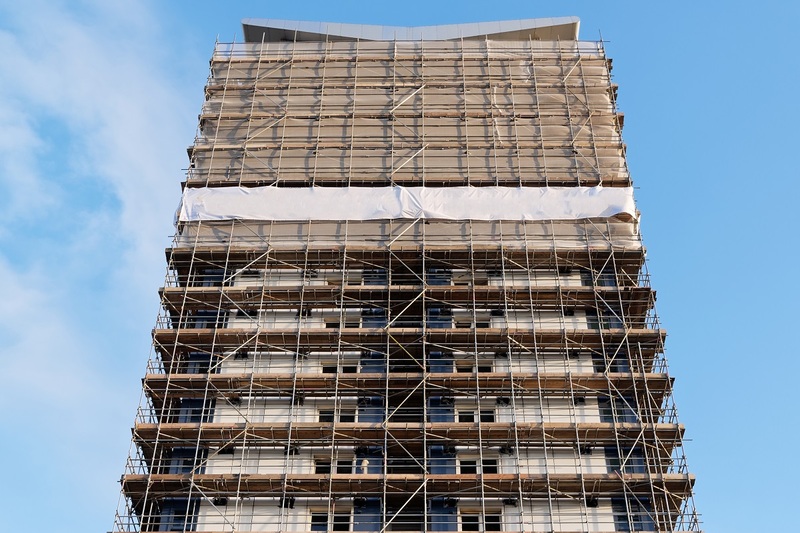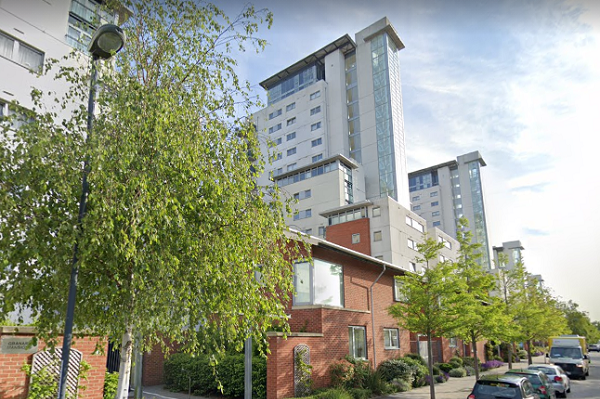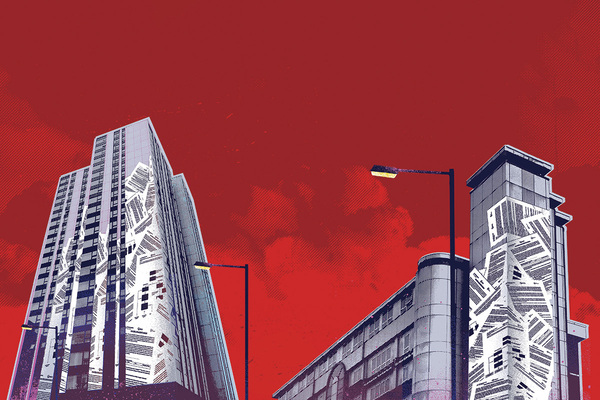You are viewing 1 of your 1 free articles
Affordable housing not subject to cladding levy
Affordable housing will not be subject to the developer levy intended to help pay for historic building safety defects, the government has said.
Ministers today published proposals setting out more details of the plan to introduce a developer levy to raise money to help meet the £5.1bn it has set aside to deal with the building safety crisis.
In a consultation running until 15 October it confirmed that affordable housing will be excluded because applying it would “disincentivise supply…the most probable impact would be an overall reduction in the number of affordable homes delivered”.
The levy is expected to apply to developers on schemes delivering around 12,000-14,000 homes a year – only around 5% of the total number delivered in England.
“A large proportion of residential property developers would therefore be unaffected,” the consultation said.
“The levy would increase costs for those developers who have to pay it, and our hypothesis is that these costs will be passed onto the buyer where the market can sustain this.”
Project clients are likely to become liable to pay the levy – rather than the builder – as ministers “consider that as the client holds responsibility for the construction project, they should also be responsible for payment of the levy”.
Excluded developments would be housing for rent when at least 20% are below local market rents, homes sold at least at 20% below local market value and those for affordable routes to homeownership.
The consultation asked for evidence on how the levy might apply for developments where not all homes are affordable.
Powers to create and set the terms of the levy are in the Building Safety Bill, which was debated in parliament for the first time today.
It is expected to raise £2bn over a decade.
Two alternative methods are proposed to calculate the levy: a charge per square metre of the entire internal floor area, subject to certain exclusions; or a fee per residential unit in scope of the levy.
The government said the levy will help “to secure a continued market for high-rise residential buildings”.
Housing secretary Robert Jenrick has insisted that External Wall System 1 (EWS1) forms should not be applied to buildings shorter than 18 metres, following a statement from the government’s independent expert panel that they do not present a systemic fire safety risk.
There are an estimated 61,000 residential blocks in England between 11-18 metres tall.
Also today, the Building Regulations Advisory Committee published a policy paper on implementing the golden thread of information principle put forward by Dame Judith Hackitt.
Sign up for our fire safety newsletter
Already have an account? Click here to manage your newsletters












